Cape Ann’s Electrifying Sea Creatures
An Interview With Marine Life Photographer Andrew Martinez
By Paul Erickson, COSMOS Science Contributor
Ever visited the shores of Cape Ann and noticed people lugging around boatloads of air tanks (they’re not oxygen tanks), lead weight-belts, and tangles of gauges, computers, and hoses wrapped around their Marvelous, super-hero-like diving suits like overgrown bittersweet vines?
Spiny Lumpsucker © Andrew Martinez.
Ever wondered why any sane person would eagerly plunge into murky seas, frequently cold enough to turn your feet into popsicles?
To explore these questions I interviewed diving photographer Andrew Martinez during one of his topside appearances on terra firma, at his home, nestled at the edge of a forest in Wenham, Massachusetts.
* * *
Cape Ann COSMOS focuses on content based in art and science. How are both of these fields reflected in your work?
I do try to combine science and art. I’m interested in photographing animal behavior such as feeding or mating or building homes. I’ve also written a guidebook about the biology of New England sea life. Yet many marine animals have bizarre and surprising shapes and colors. So I try to make each photograph as visually exciting and appealing as I can.
The most photogenic creatures are called nudibranchs (sounds like NEW-duh-branks), also called sea slugs. They’re basically snails without shells that look like brilliantly colored garden slugs. Photographers love them because they display a painter’s palette of spectacular reds, oranges, and yellows. They move slowly, creating what amounts to an underwater art gallery.
How do you stay warm in the cold waters off Cape Ann?
The water around Cape Ann is cold even in the summer time, so we wear wet suits that trap water inside, warmed up by your body. Then in winter, we’re in dry suits. That’s sort of like wearing a warm, dry sweatsuit inside an inflatable waterproof outer layer of flexible, thin rubber and polyester. A dry suit can keep you warm for more than an hour.
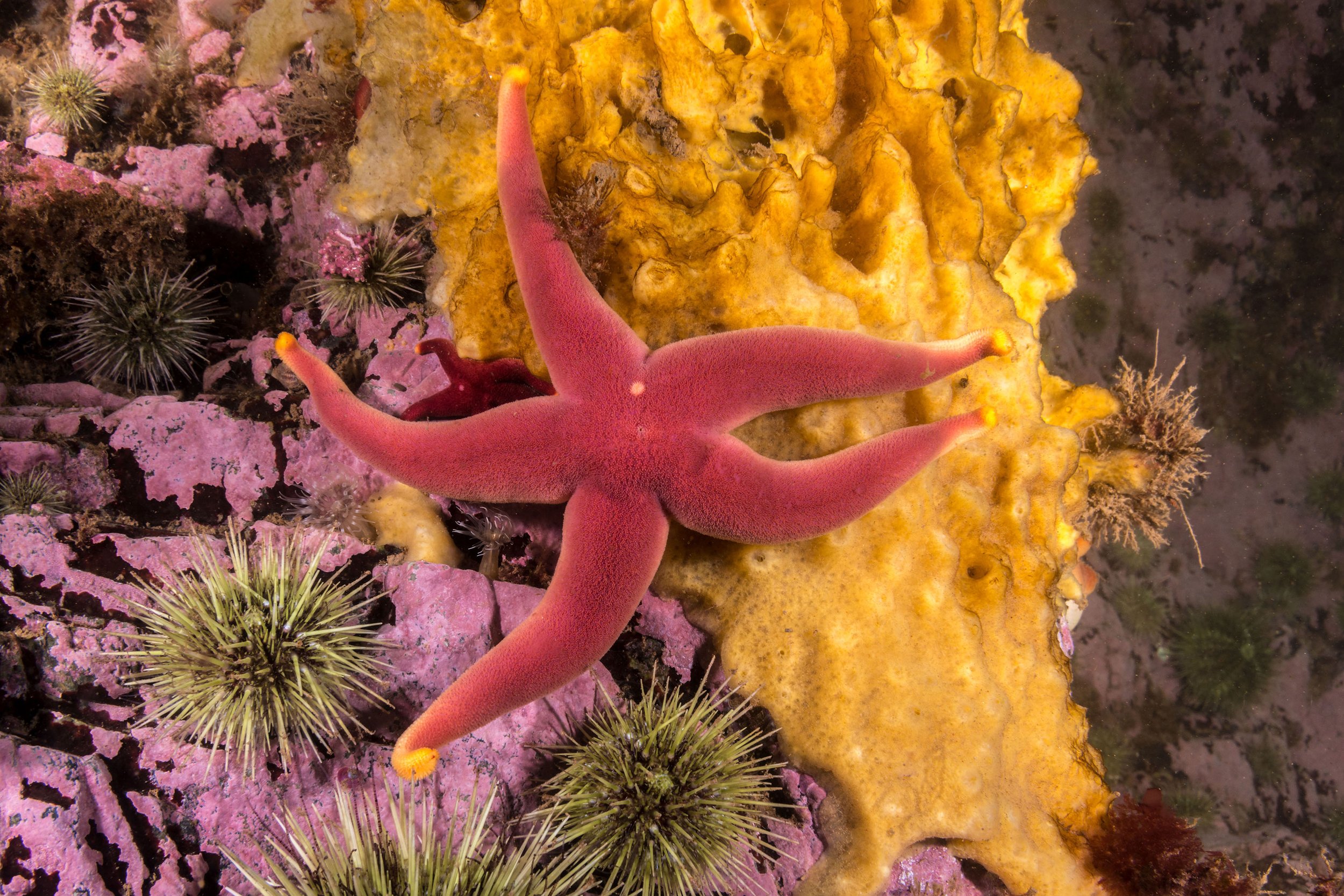
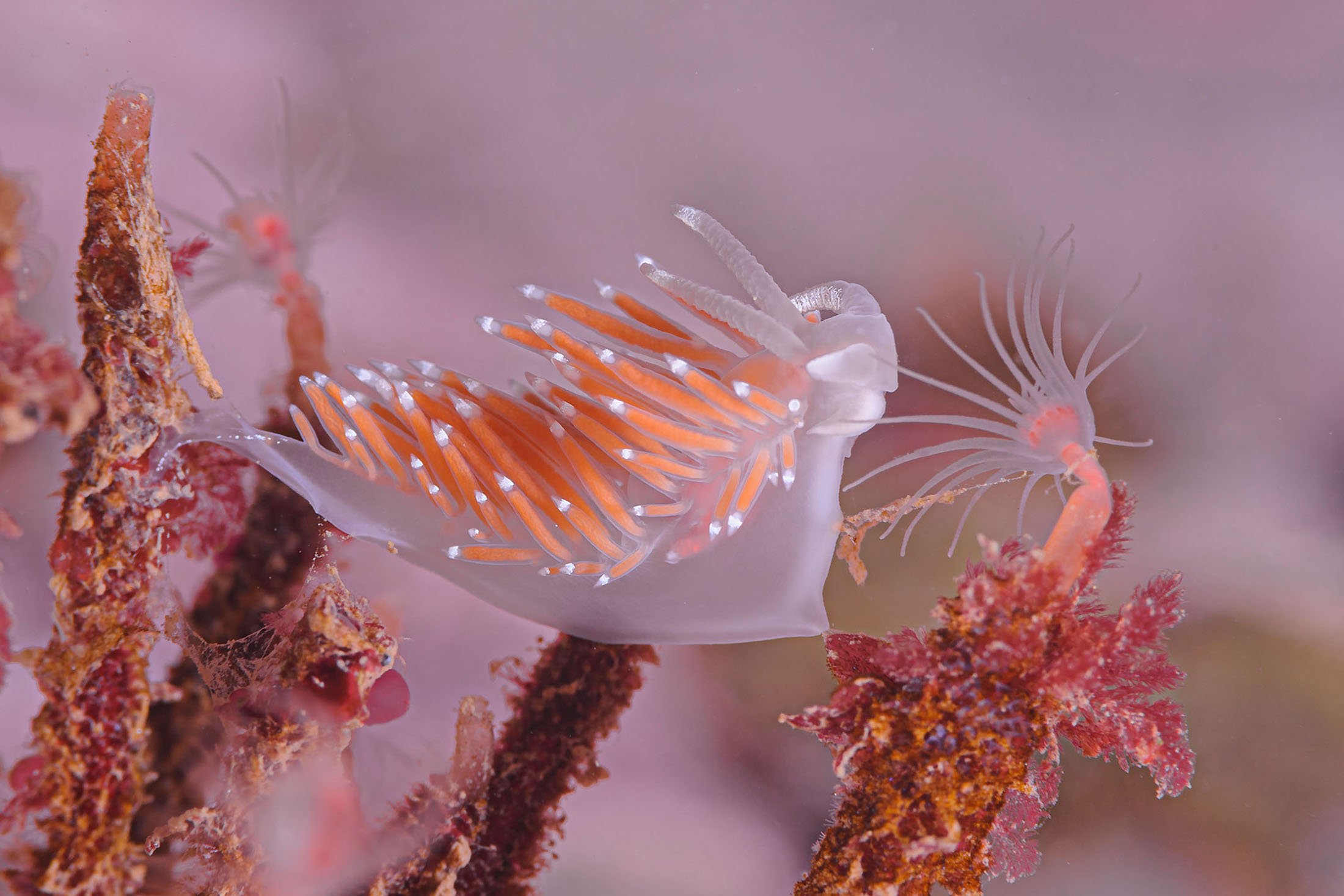
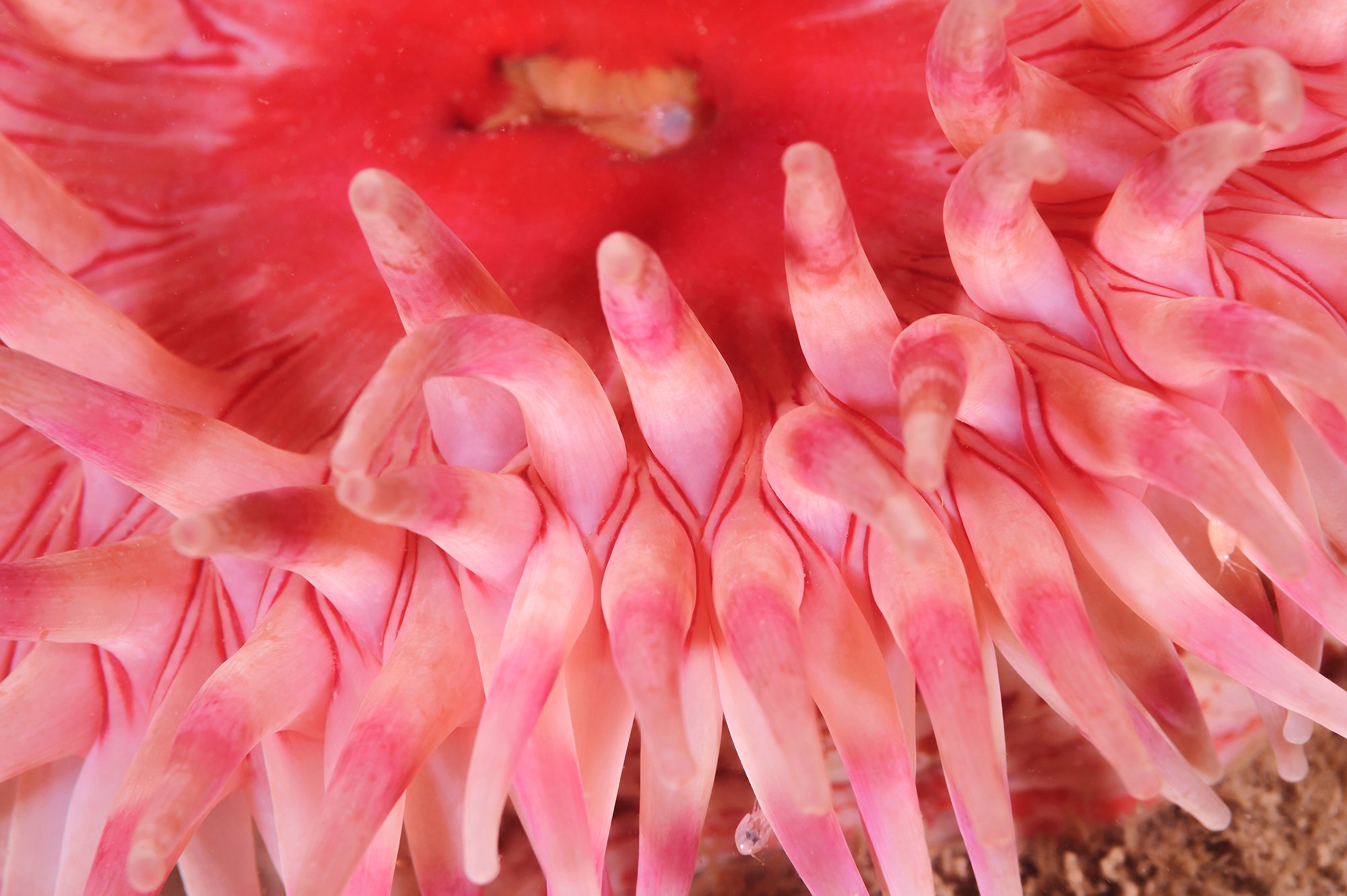
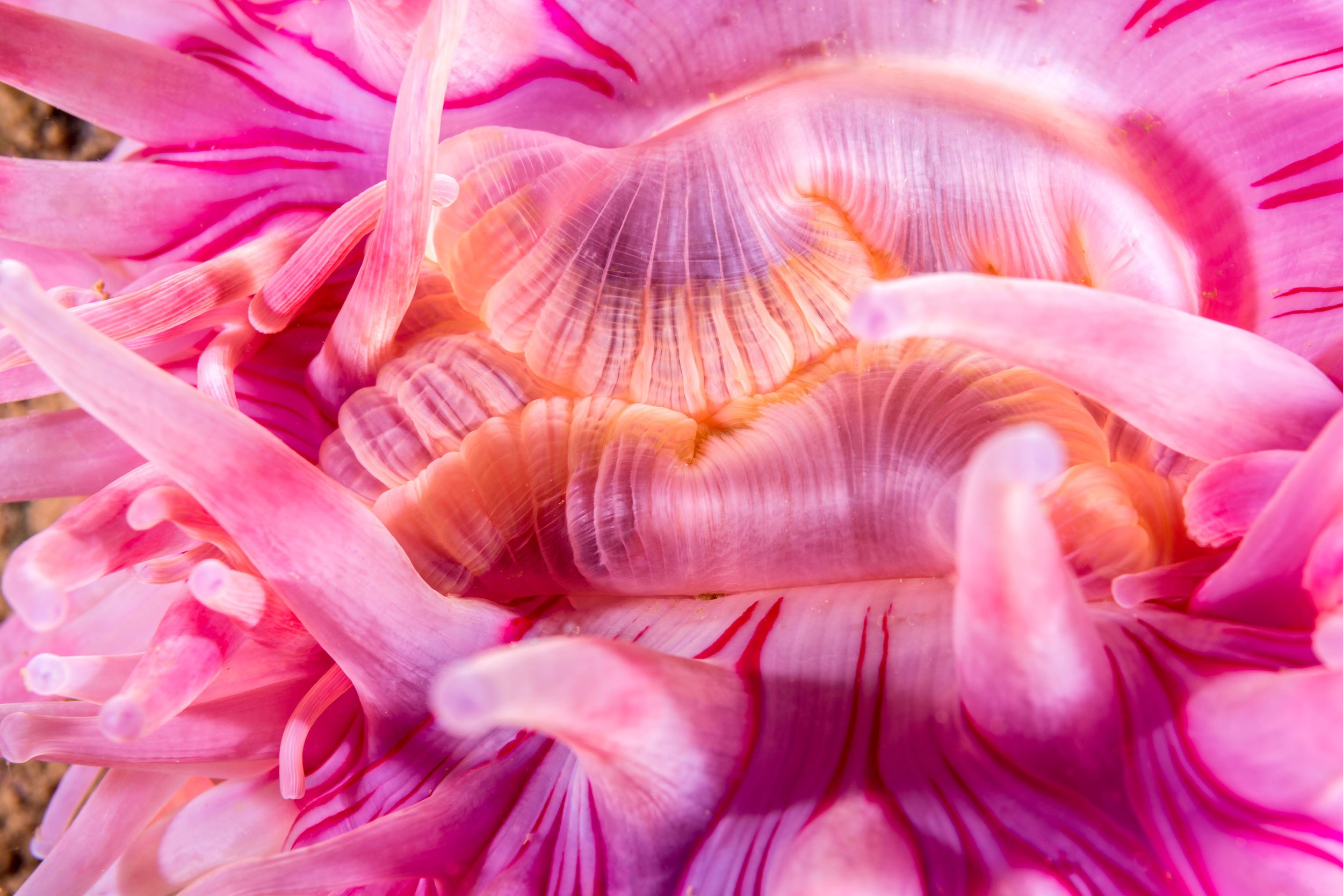
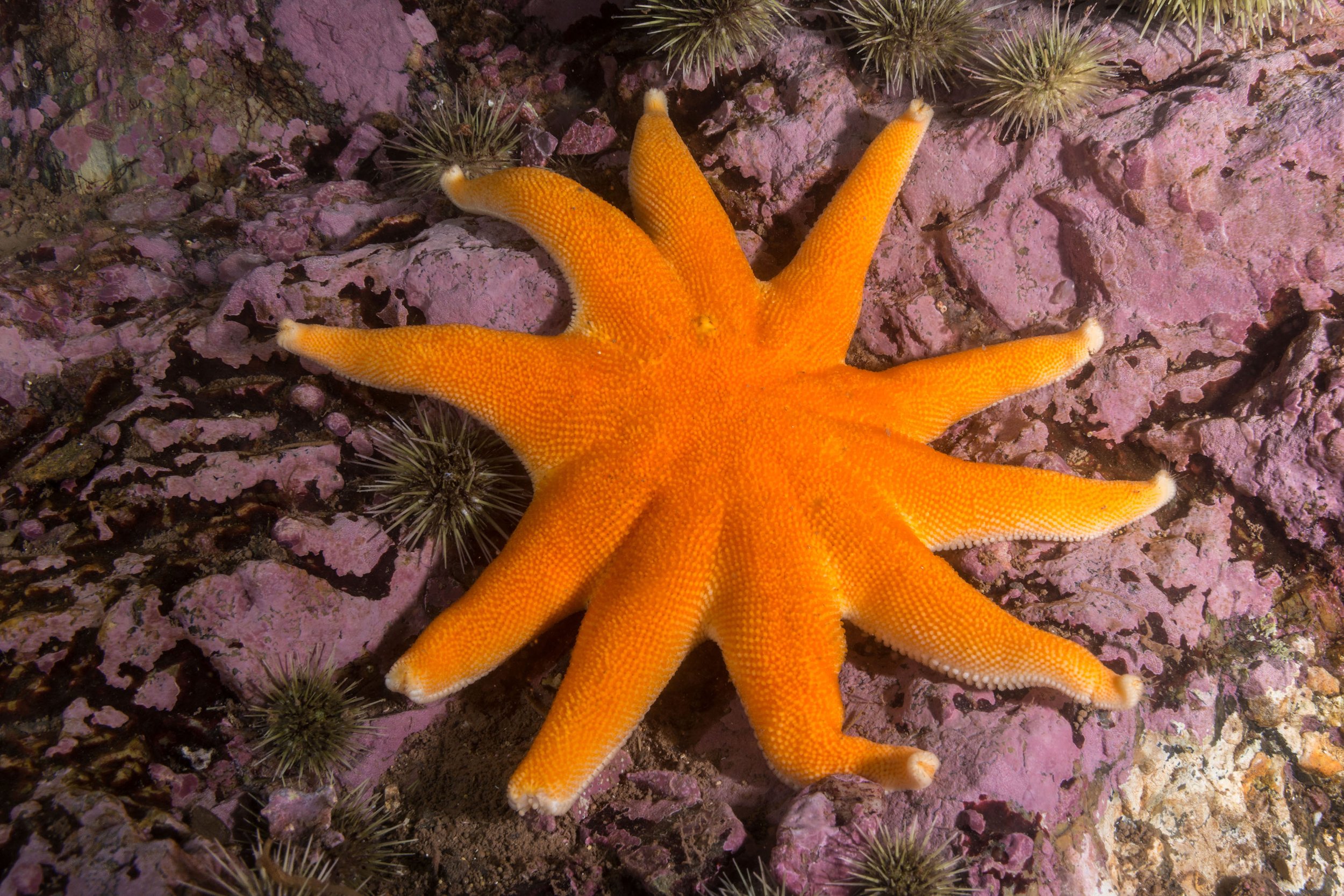
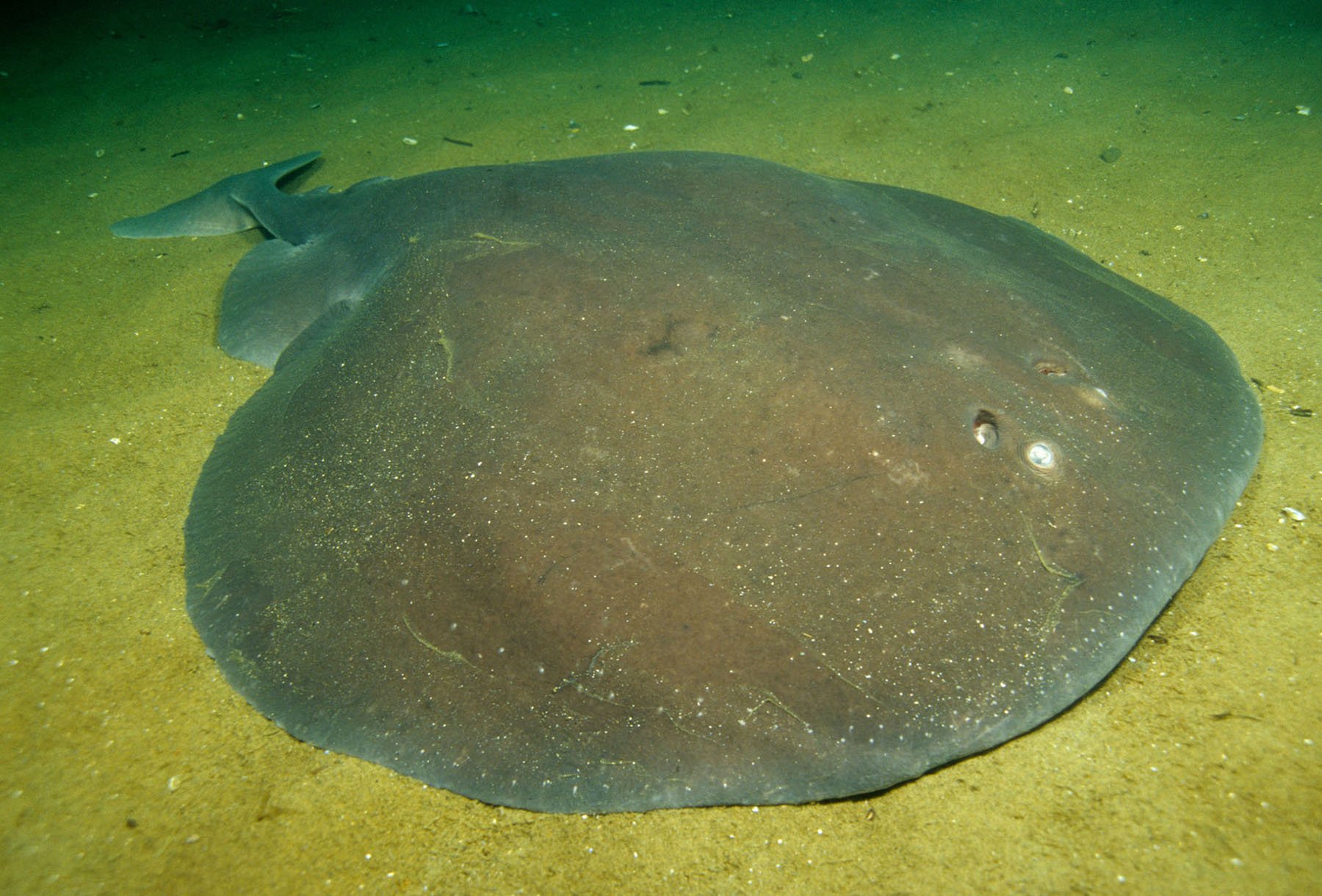
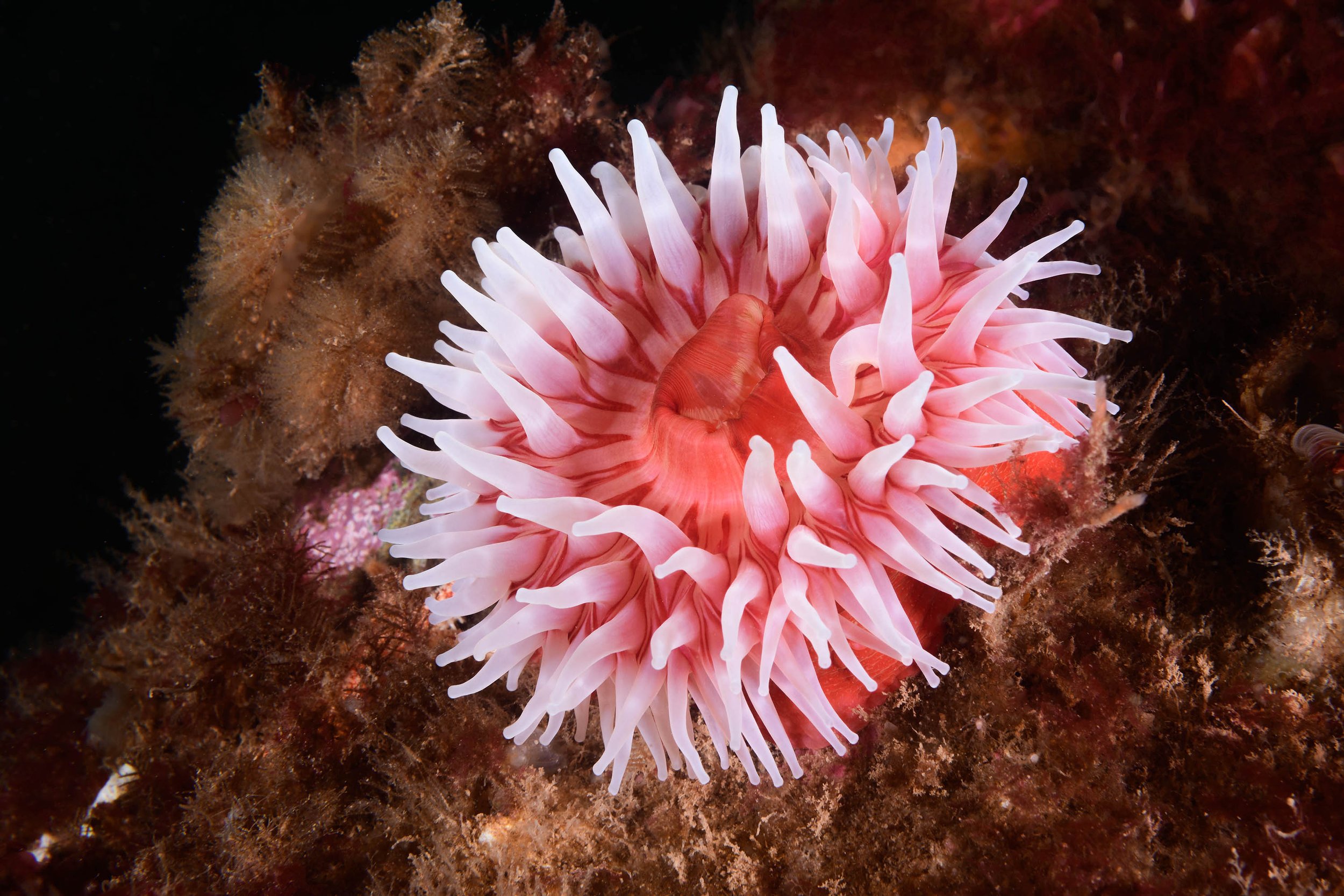
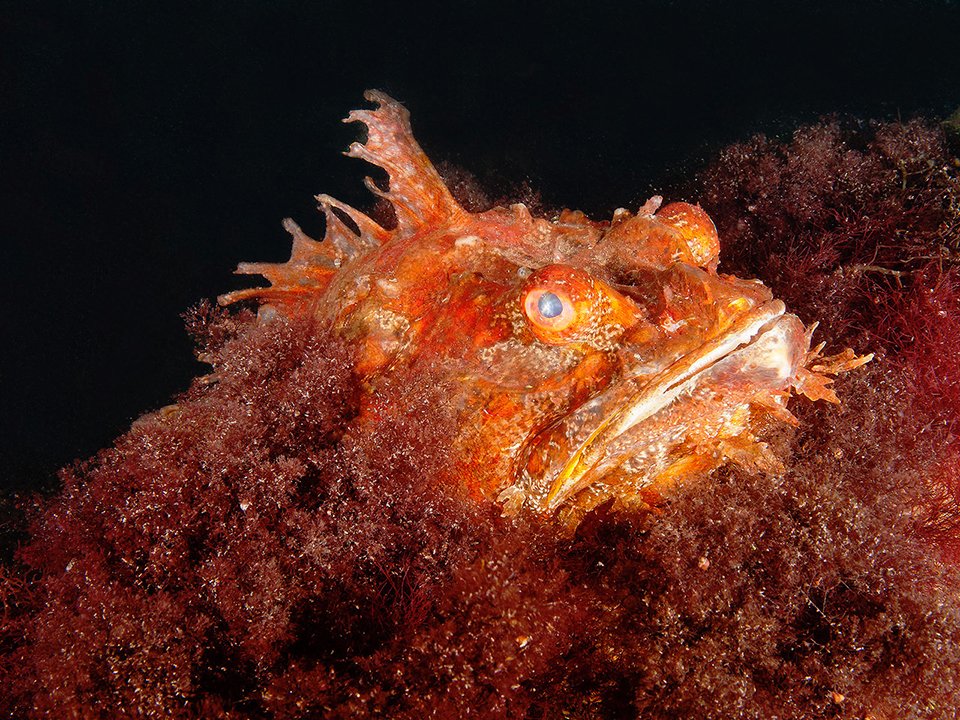
Do you dive and photograph year-round?
Just as on land, there are seasons underwater around Cape Ann. From May through October a lot of warm-water animals either come up in the Gulf Stream or they’re the usual summer visitors such as striped bass and blue crabs. The water is loaded with microscopic plankton and therefore the visibility can be limited. By the end of November the summer crowd of animals is gone.
Wildlife photographer Andy Martinez
During the many years I’ve known and dived with Andy, I’ve come to learn about his many talents. While teaching Spanish at Masconomet Regional High School for 30 years, he spent much of his time out of the classroom clicking underwater photographs, which he sells to leading magazines and book publishers. Then, in 1994 Andy completed his ever-popular guidebook Marine Life of the North Atlantic, which is now available as an app. Recently, Andy and I collaborated on two books published by Tilbury House The Pier at the End of the World and Don’t Mess With Me: The Strange Lives of Venomous Sea Creatures. He provided the books’ most appealing elements: vivid, color photography.
Also, Andy leads dive tours to tropical destinations. For example, not long ago, my wife and I had the pleasure of joining Andy and his wife to astonishingly beautiful coral reefs in the Philippines. He made sure that every person on the trip had a blast. I consider Andy one of the world’s best underwater photographers, which he vehemently denies. And for the icing on the cake he’s a super nice guy with a great respect for nature.
Then, with the coming of winter, the water gets very cold and the amount of plankton in the water drops off, you might have underwater visibility up to 80 feet. That’s also the best time to see nudibranchs (again, sea slugs).
When you dive in the same area for many, many years, do you recognize some of the local animals?
Well, I do have sort of an undersea friend—a northern red sea anemone—who’s always there, in one spot. It’s a beautiful animal resembling a flower—basically a cylinder enclosing a stomach. On top of the cylinder are long stinging tentacles surrounding its central mouth.
I’d been feeding the anemone non-native, invasive green crabs and sea squirts for 45 years. Then, incredibly, my good friend Bobby Boyle, who founded a terrific dive shop located in Danvers called Undersea Divers, told me that he was feeding the same anemone! Even to this day, every time I visit this dive site the first thing I do, still, is to feed our little friend.
Are there other creatures that make diving off Cape Ann an exciting experience?
What’s special about diving off Cape Ann is that you never really know what you’re going to see. Once I was diving at about 5:30 in the morning when I saw something lying on the bottom covered with sand. I thought it was a harmless flat fish related to stingrays called a skate. I gently touched the front of its body and it shot right up to my face and then settled down in front of my knees as I kneeled on the bottom. After a little research, I learned it was a torpedo ray. Like an electric eel it can generate electricity, discharging up to 220 volts. So I’ve never touched a torpedo ray again.
You also see the goosefish, or monkfish, which is a fairly popular seafood. It’s a weird looking fish that looks like a compressed frog. It has a gigantic mouth with many small teeth and it lies flat on the sand. It has a spine like a fishing pole with a fleshy lure at the end, which attracts fish. When a fish approaches, it leaps up, pushed by its foot-like fins to inhale its meal. They also move into shallow waters to eat birds. One goosefish was found with 13 whole ducks in its stomach. It’s not aggressive to people, it’s just strange.
Andy, you’ve put in endless hours underwater carrying heavy equipment and taking thousands of pictures. And you still love doing it?
What makes diving here fun is the same reason diving is fun, period. Imagine you’re flying through the woods and you see an owl thirty feet from the ground. Then—remember, you’re weightless now—you slowly rise up from the bottom and observe the owl eye to eye. So diving is really flying in a liquid atmosphere, you can stop and hover in any location.
When did you become interested in the sea?
I guess I got my love of the sea from my father. He was a commercial fisherman who went on to work on tugboats in Boston Harbor. For me it was a real treat on weekends to go out on the water with him. By the docks we’d be looking at all the animals growing on piers and schools of fish. I started scuba diving in 1968.
How can people interested in scuba diving get started?
If you’re interested in diving on Cape Ann, I recommend taking a nationally certified scuba course at a shop like Undersea Divers, in Danvers. You start in a pool, and then gradually advance to taking guided dives in the ocean. Although diving is safe, don’t begin to scuba dive without having taken a class from a certified organization. Diving can be the easiest thing in the world, but there some really basic things you need to learn and practice or you can really get hurt.
Years ago, you retired from teaching Spanish. Any plans to retire from diving?
Retiring from diving? I don’t think I could ever retire from diving. I love it too much.
Paul and Andy’s books, The Pier at the End of the World and Don’t Mess With Me: The Strange Lives of Venomous Sea Creatures, are available from Tilbury House Publishers www.tilbury.com and the usual large booksellers. Preferably, shopping locally, you can order them from your local bookstore.
Andy also created Marine Life of the North Atlantic, the App, which is available from the Mac App Store for iPhones and the Google Play App store for other phones. This app/guide is extremely helpful even if you’re just exploring tide pools at the ocean’s edge or beachcombing. More at andrewjmartinez.com.
Nudibranch eating hydroid © Andrew Martinez.


